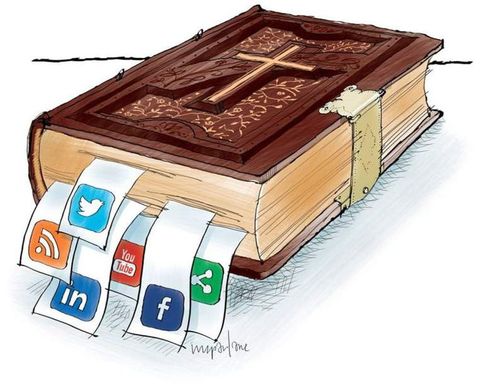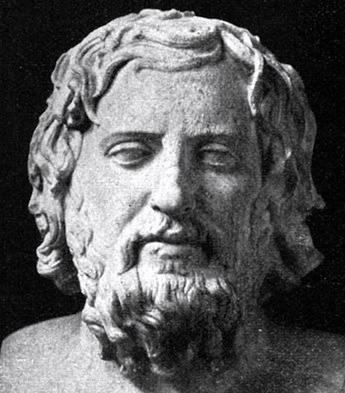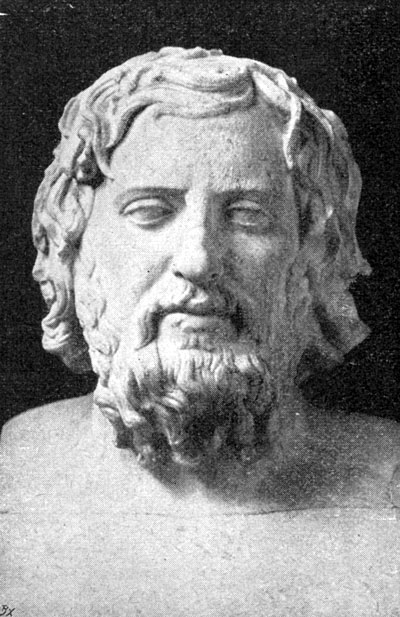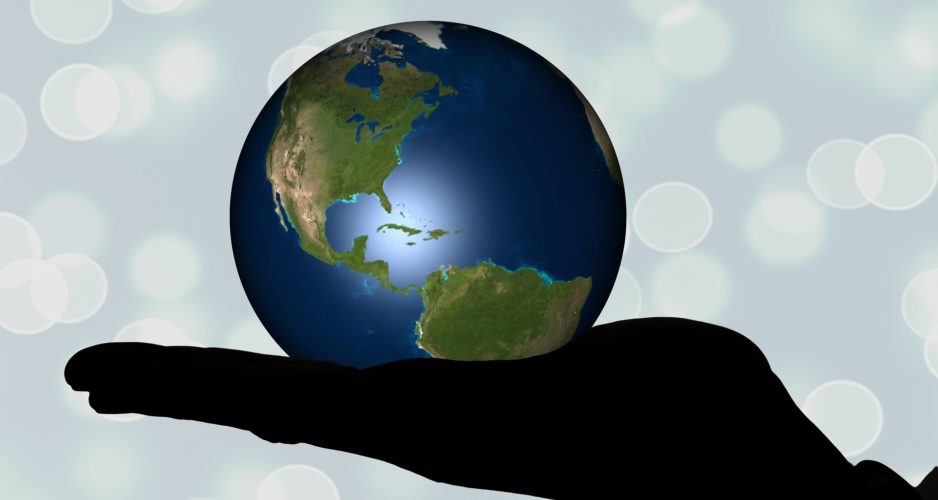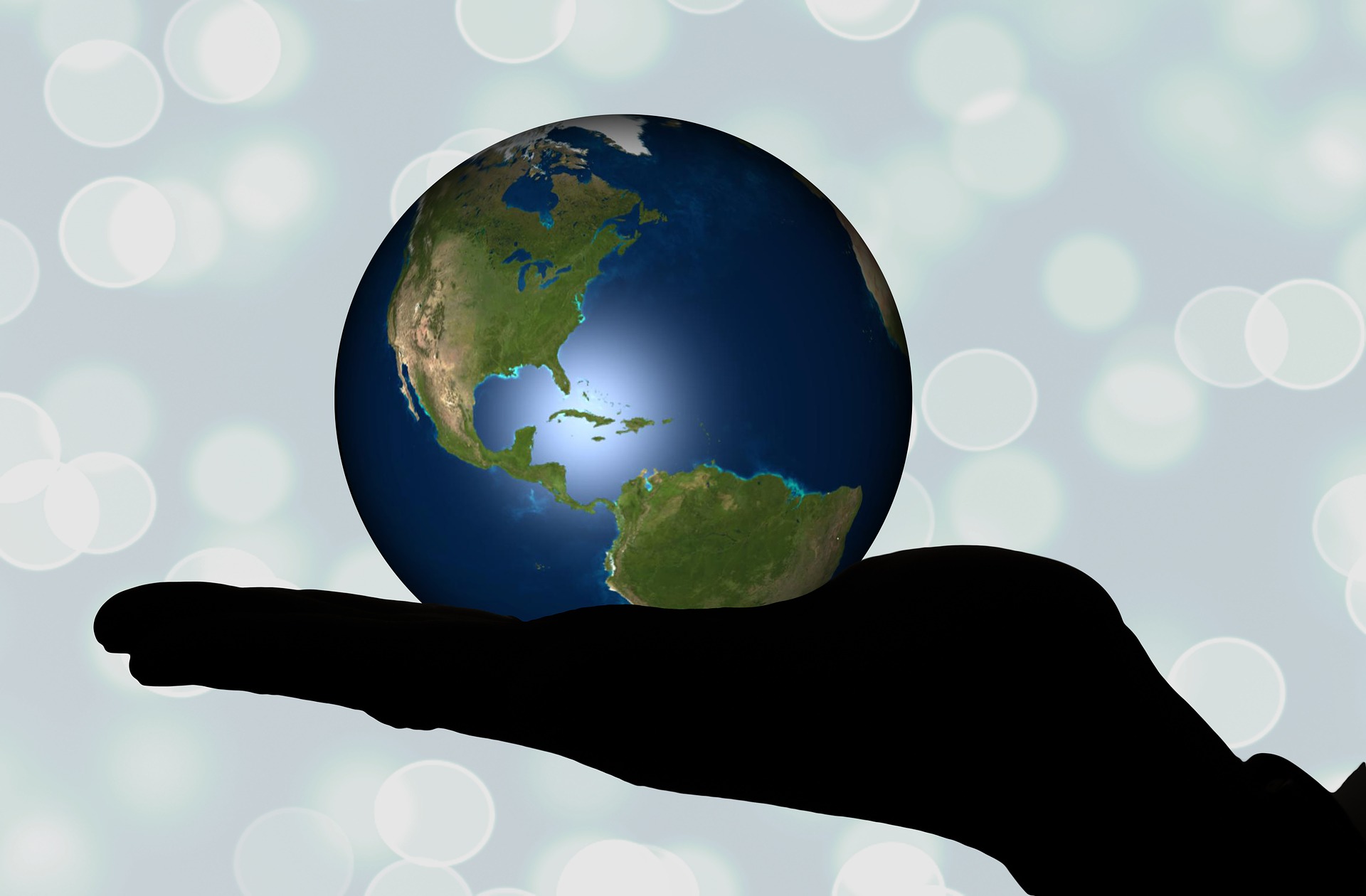Globalization defines our era perhaps more than anything else, transcending markets to become embedded in our nature, part of our social DNA. Decades of discussing, analysing and defining have not brought us any closer to a consensus on what “Globalization” truly means. Steger (2009) defines it as ‘not a single process, but a set of processes that operate simultaneously and unevenly on several levels and in various dimensions’. Kenichi Ohmae’s The End of the Nation State or Thomas Friedman’s The Lexus and the Olive Tree present the phenomenon as a by-product of the techno-economic development of the world, which has spread Western values across the world.
For decades, globalization was seen as ‘a powerful economic and technological bulldozer that effortlessly shovels up states and societies’ (Amoore, 2002). Recent years have seen some attempts in presenting socio-political resistance to Globalization, with media and academia alike talking about the unruly power of Transnational Corporations (TNCs), the protests against globalisation, the rummaging of third-world country and the economical ‘new slavery’.
One of the defining issues of globalization is deterritorialization, the way global connectivity surpasses borders, meaning that trade economic activities are no longer dependant on their geographic limits. People, goods and services are instantly available from all over the world, with countless examples of thriving international businesses on mega-resellers like Amazon or Alibaba. Some argue against free-markets with their quick access to products and materials, as it also brings huge socio-economic problems (e.g.: sweatshops for fast clothes), the export of pollution or global oligopolies. Deterritorialization is built on political systems, as trade and free movement agreements connect the world. In a changed perception of borders, EU nationals have free access to travel, work and live anywhere within it. The right to free movement is well established in the 1985 Schengen Agreement, which has abolished custom checks between the (currently) 22 EU members and Iceland, Norway, Switzerland and Liechtenstein. There is, however, opposition to it, as it permits the access of ‘cheap’ labour from Eastern Europe to the Western markets.
The interconnectivity of people, goods and services has led to enormous capital gain and growth, but it also led to the globalization of threats. The diminishing line between local and global and the transition of social relationships to a virtual or transnational state has brought forth a set of ‘trans-sovereign problems’ that include not just traditional global crime rings, but also cyber war, pollution, migration or epidemics (Karnprobst, Pouliot, Shah & Zaiotti). That does not take into account how interconnected economies are susceptible to great changes (Great Depression, Asian Crisis of 1997 or the Global Financial Crisis).
The exponential technological development connecting the world at much faster paces allows for a space-time compression, a phenomenon described by David Harvey and based on Karl Marx’s theory of the ‘annihilation of time and space’. Harvey found that ever since the early 70’s, there has been ‘an intense phase of space-time compression that has had a disorienting and disruptive impact upon political-economic practices, the balance of class power, as well as upon cultural and social life’. The technological ultra-speed plays a pivotal role in our perception of the acceleration time and space, which ‘mediates between postmodern culture and a post-Fordist regime of flexible accumulation in capitalism.’ (Lizardo & Strand, 2009)
This is not something new, however, with some arguing that globalization has been on-going for millennia, just getting exponentially accelerated. From the global dispersion of the population and the invention of writing and the wheel, traces of globalization can be observed. The Age of Empires rose out of the movement of people and goods. Modern-day China is recapturing the commercial prowess of the Silk Road. The British East India Companies or the Atlantic Slave Trade were nothing less than the interconnectivity of the world and the reimagining of the borders, not just physical ones but cultural ones, through defining what ‘civilisation’ is and placing ‘Others’ outside of it.
Globalization does not just shape what happens, but also how it is remembered. We remember the ‘Discovery of America’ by the bold and courageous men following Christopher Columbus, for ‘King and country’. The systematic destruction, slavery and genocide of the indigenous population have been all but forgotten. It remains the same today with the US export of ‘democracy’. One man’s Freedom is another man’s overturn of an elected government that refuses to abide US economic Imperialism (e.g.: Iran ’53, Guatemala ’54, Congo ’60).
Europe’s own instability can be traced back to the 1870 unification of Germany, which disrupted the balance of power. With the second largest population, Germany intensified its iron, coal and steel production. Between 1870-1914, Germany’s agriculture output doubled, and its industrial production quadrupled, thus looking for new colonies and markets to expand its trading power. Meanwhile, numerous monarchies were declining, leaving way for new constitutional and territorial arrangements. Nationalist movements were arising, claiming independence for states under the decaying empires. This state of tension led to the outbreak of World War One, a never-before seen conflict, a ‘Total War’ that engulfed countless nations and their entire populations.
With the victors (Britain and France) in a state of ruin, the United States emerged as the superior economic force. By 1929, US had 42% of the global industrial output, compared with Britain, France and Germany’s 28% (Hobsbawm 1994:97). The US replaced Britain as the world creditor, which is why the Wall Street stock market crash of 1929 shook the entire world in what would become the Great Depression. It showed that states were not independent and isolated bodies, but part of a global interconnected network. Soon after, the ‘Never Again’ sentiment of the First World War was forgotten and war broke again, in the deadliest conflagration in the history of mankind.
Recovering from WWII took an even greater effort, a complete redesign of the world, geographically, socially and economically. The latter was the task of the Bretton Woods conference, whose main goals were the establishment of a stable system of exchange rates and the financing of the post-war European economies. Led by UK and US, the biggest Western economic powers began reversing their Interwar protectionist ideologies. The IMF (International Monetary Fund) was created to enforce the newly tied to the dollar fixed exchange rates. The signing countries were to maintain the fluctuations of their currency to the dollar inside an established interval. The US would in return guarantee to exchange dollars for gold. At the same time, The World Bank was created to offer long-term loans to facilitate capital investment for production, post-war reconstruction and reconverting the economy for peacetime needs.
The direction set by the IMF and World Bank was ever-present: privatising, reducing or annulling economic regulations, supporting competition, government reduction and a stern financial following of the goals imposed by those adhering to the Washington-set neo-liberal agenda. While not solely American, the set of rules known as the ‘Washington Consensus’ was forcefully applied in post-communist Russia, leading to almost catastrophic results for the population, while allowing enormous gain for the wealthy, both domestic – oligarch – and foreign – Wall Street investors. Deterritorialization allowed a hugely international flow of capital into Russia, but it also allowed a drain of it resources.
The Russian ‘shock doctrine’ (Klein, 2007) was the forceful reforms meant to impose a very strong and sudden form of capitalism post-USSR Russia, whose process of democratization had started under President Gorbachev. TIME’s Person of the Year, he defied the Brezhnev doctrine and implemented policies of ‘glasnost’ (openness) and ‘perestroika’ (restructuring). Under his rule, Russia saw free local, parliamentary and presidential elections, freedom of press and an independent constitutional court. Economically, he favoured a Scandinavian model of social democracy with a regulated free market. However, the West – G7, US and IMF – had other plans: a sudden and short opening of the markets. After a failed coup in which Yeltsin emerged as the courageous leader of democracy, Gorbachev began to be seen to moderate. Soon after, Yeltsin was elected and with the backing of the Clinton White House and the financial support of the IMF, Russia was supposed to emerge as a stable capitalist democracy, in a painful process.
The economic reforms were based on the neoliberal ideals, ensuring the creation of a free market and the sudden privatization of the more than 200,000 state companies, which were up for grabs at submarket prices, with Western investors and the former Soviet elite rummaging through Russia’s failing economy. To make matters worse, he companies were being bought with public money. In an article for Moscow Times, Bivens and Bernstein explained that ‘a few hand-picked men took over Russia’s state-developed oil fields for free, as part of a giant shell game in which hone arm of government paid another arm.’ State funds that were supposed to go into the treasury ended up in private banks, which then used the funds to invest in the privatizing of Russia.
This meant the almost total collapse of the country, with a reduction of their living standard of 80% of the population and a 40% decrease in industrial production. Tens of millions of people faced extreme poverty. When people resorted to selling their possessions, the West saw this as the encouraging sign of a young and blooming entrepreneurship spirit. At the other end of the deal, Russia was the capitalist heaven, with obscene amounts of money being made in short-term speculations. It was that speculation that made Russia vulnerable to the Asian financial crisis of ’98, which ‘crashed definitively its already precarious economy’ (Klein, 2007).
Post-USSR Russia is the best example of the perils of a truly interconnected world, where decisions are made for a country. The general population has little understanding to what a millisecond could mean for the Wall Street crowd or how that ends up affecting them, until it does. It is important to remember that no political theory can be applied perfectly. No matter how contested, globalization is happening, taking our differences, borders and time in its whirlwind. Whether on a micro or macro level, it affects everyone, more and more, sometimes for the better and sometimes for the worst. There is no going back to a world without globalization. Some would argue that that world never existed. The first step to make it better is to understand it, to study it and to find the best way for our society to accommodate it and for it to accommodate our societies.
About the author:
Simona (23) participated in the “My Europe” workshop in Bucharest, Romania, in 2011. In the Youth Council for the Future, Simona is Project Coordinator of the Working Group Education. She is studying at the University of Bucharest.
Bibliography:
- Steger, Manfred B., Globalization: a very short introduction, Oxford University Press, 2003, 2nd edition, 2009.
- Ohmae, Kenichi, The End of the Nation State
- Friedman,Thomas, The Lexus and the Olive Tree
- Amoore, Louise, Globalization Contested: An international political economy of work, Manchester University Press, 2002,
- Kornprobst, M., Pouliot, V., Shah, N., Zaiotti, R., Metaphors of Globalization Mirrors, Magicians and Mutinies, Palgrave Macmillan, 2008
- Lizardo, O., Strand, M., Postmodernism and Globalization., ProtoSociology 26: 38-72, 2009
- Hobsbawm, E., The Age of Extremes, Penguin Books, 1994
- Klein, N., The Shock Doctrine, Random House of Canada, 2007


